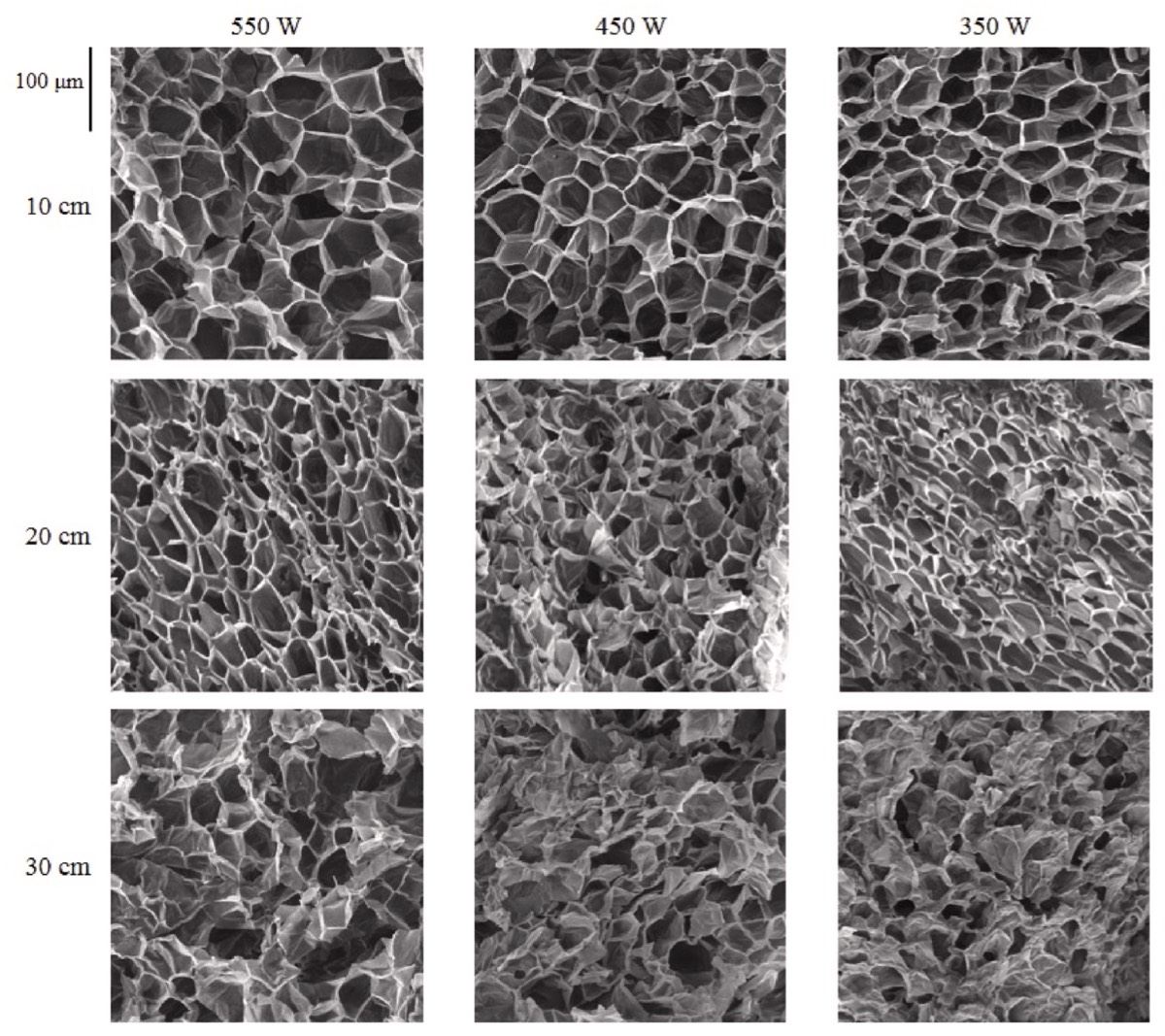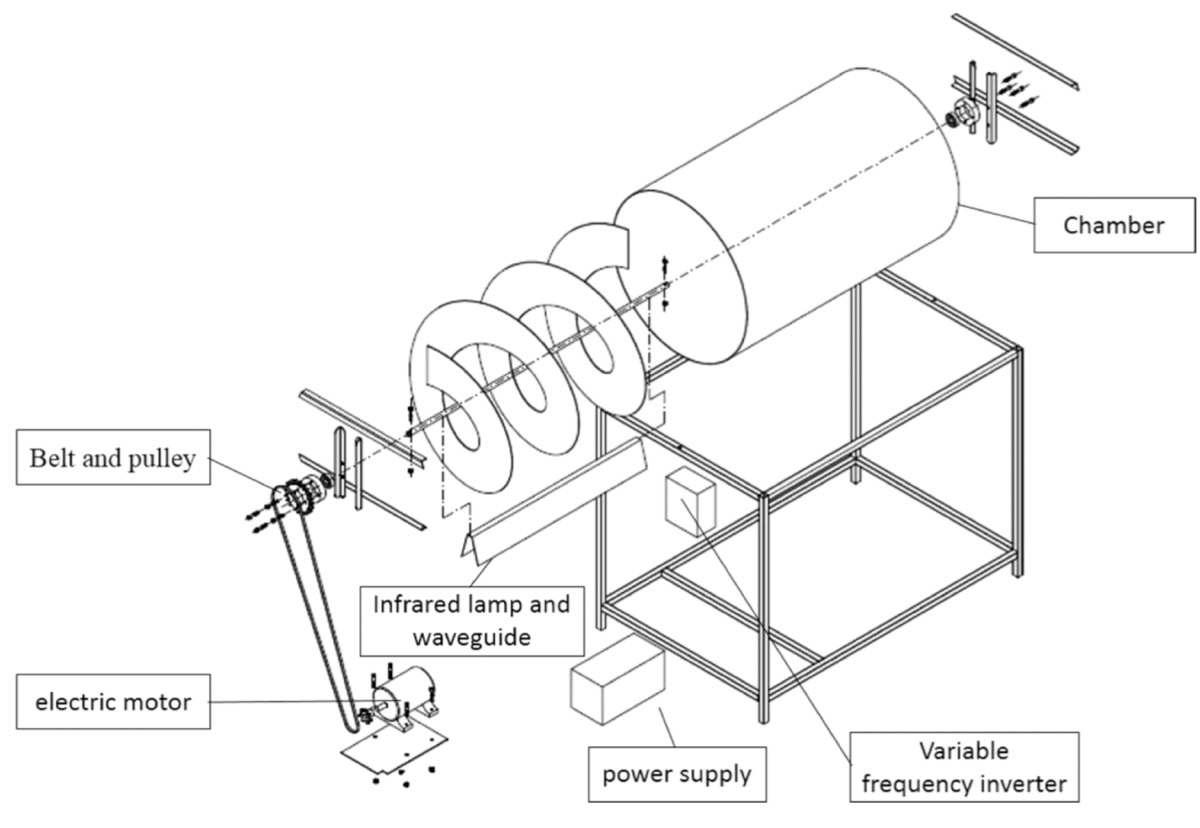Most of us rely on counter-top air poppers or microwaves to whip up a tasty popcorn snack. But infrared cooking offers another viable alternative, according to a September paper published in the journal ACS Food Science and Technology.
Popcorn is the only grain in the corn family that pops in response to the application of heat—specifically, temperatures above 180° C. It has a lot to do with the structure of the kernels. Each has a tough outer shell, called the pericarp, within which lies the germ (seed embryo) and the endosperm. The latter holds trapped water (popcorn kernels need about 14 percent water to pop) and starch granules.
As the kernel heats up, the water inside the endosperm turns into superheated steam, increasing the pressure inside the pericarp. When that pressure gets high enough, the pericarp ruptures, and the steam and starch are released in a foam, which then cools down and solidifies into the snack we know and love. A popped kernel is been 20 to 50 times larger than the original kernel.

Last year, Mahdi Shavandi and his coauthors at the Iran Research Organization for Science and Technology in Tehran successfully demonstrated the proof of principle for their approach to making popcorn with infrared heat. With this method, a heat source like fire, gas or energy waves is in direct contact with the food, rather than a heating element like a pan or grill grate. It's often likened to broiling or cooking food over a campfire. Fans argue that this method is fast, highly energy efficient, and environmentally friendly when compared to more conventional means of heating.
It's already used for such purposes as heating, drying, roasting, cooking, baking, and even microbial decontamination, per the authors. And infrared grills are increasingly popular. But could you use infrared cooking to produce popcorn with all the desirable characteristics we know and love, and convince us to switch from our beloved microwaveable brands? Shavandi et al. thought it might be possible.
They placed popcorn grains—harvested in Iran during the 2019-2020 season—into a Pyrex petri dish with a bit of oil inside a stainless steel chamber, which was outfitted with two infrared lamps and a power supply. The chamber rotated, holding the corn kernels close to the infrared lamps. The popcorn was then popped, with any unpopped samples removed. The scientists measured the yields and took SEM images of the popcorn for a better look at the structure. They found that the highest popping yield (100 percent) and volume expansion occurred at 550 W IR power, with the samples at a distance of 10 cm from the lamps.

But would consumers like it? This latest paper follows up on that proof of principle to take a closer look at how the continuous infrared cooking process affects key features of popcorn: colour, shape, odor, taste, and texture (which is influenced by how much the popcorn expands), all of which contribute to the sensory pleasures of popcorn. They used the same prototype infrared popcorn popper as before for their experiments, testing power levels of 600, 700, and 800 W. Then a sensory panel of taste testers evaluated the final products on a scale of 1 to 5.
The team found that using 700 W power produced the highest yield of fully or semi-popped popcorn. That power level also produced the highest ratings (4 or higher) by the sensory panel, who identified those batches as having the best colour, taste, and firmness. "This is the first study on the continuous infrared expansion technology for popcorn popping, and the findings show that the IR expansion method is very efficient in the popcorn popping process," the authors concluded. So maybe in the near future our kitchen gadgets will include an infrared popcorn popper.
DOI: ACS Food Science and Technology, 2022. 10.1021/acsfoodscitech.2c00188 (About DOIs).



3175x175(CURRENT).thumb.jpg.b05acc060982b36f5891ba728e6d953c.jpg)
Recommended Comments
There are no comments to display.
Join the conversation
You can post now and register later. If you have an account, sign in now to post with your account.
Note: Your post will require moderator approval before it will be visible.